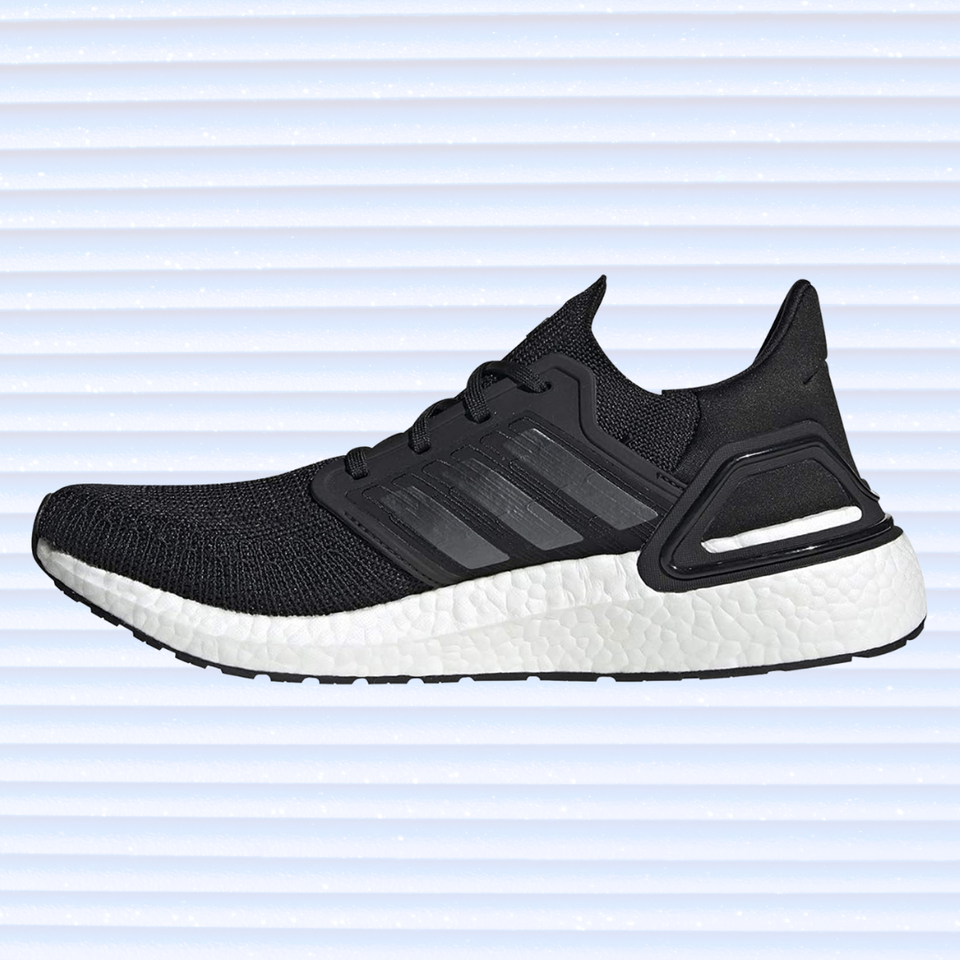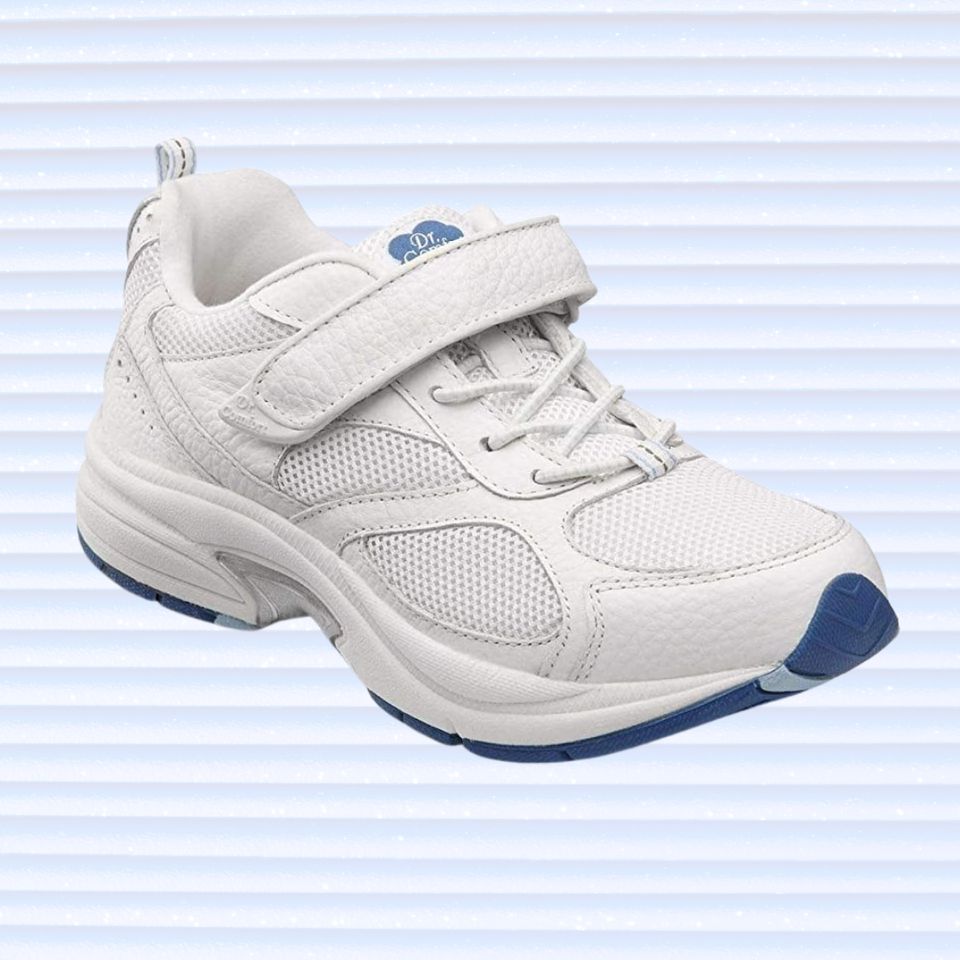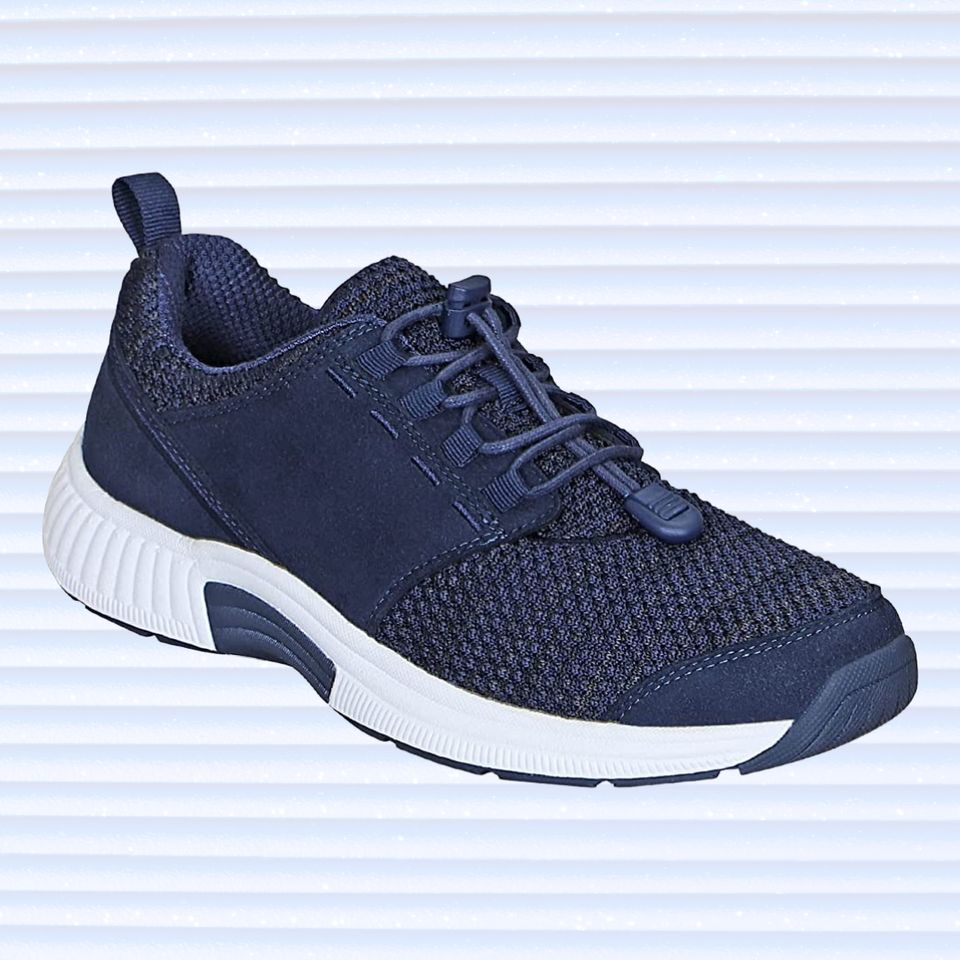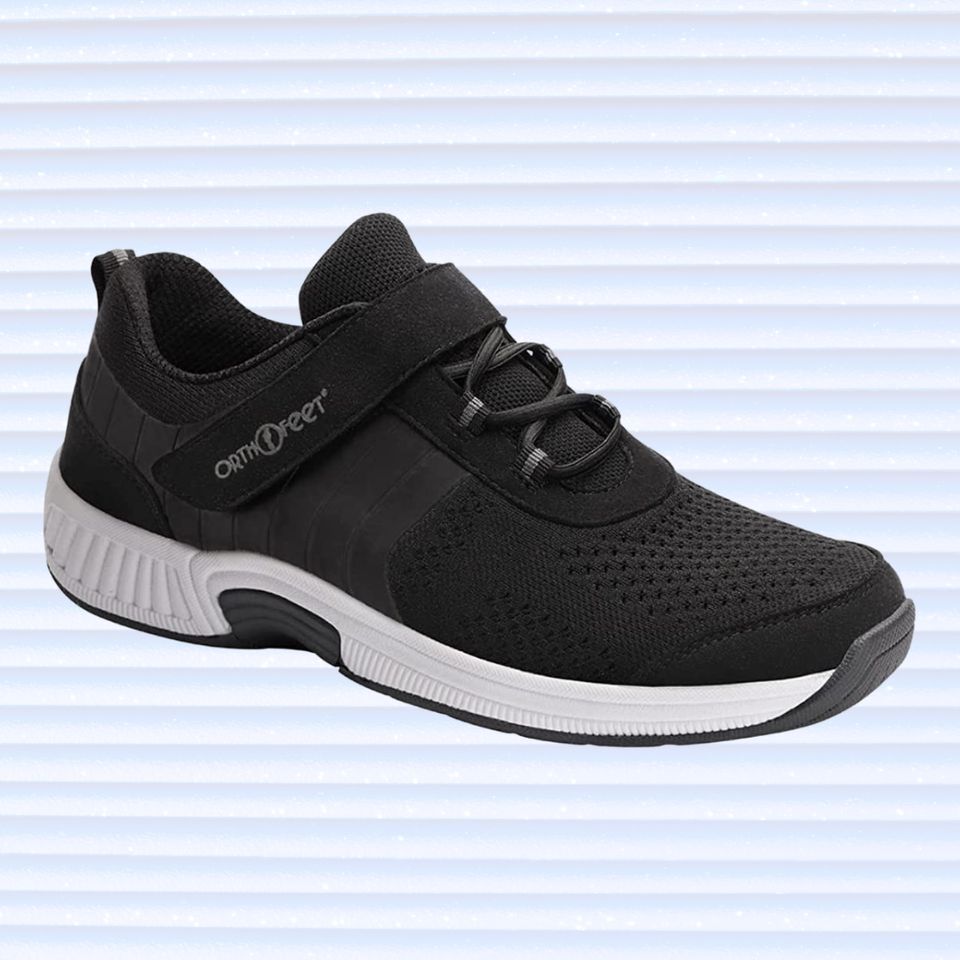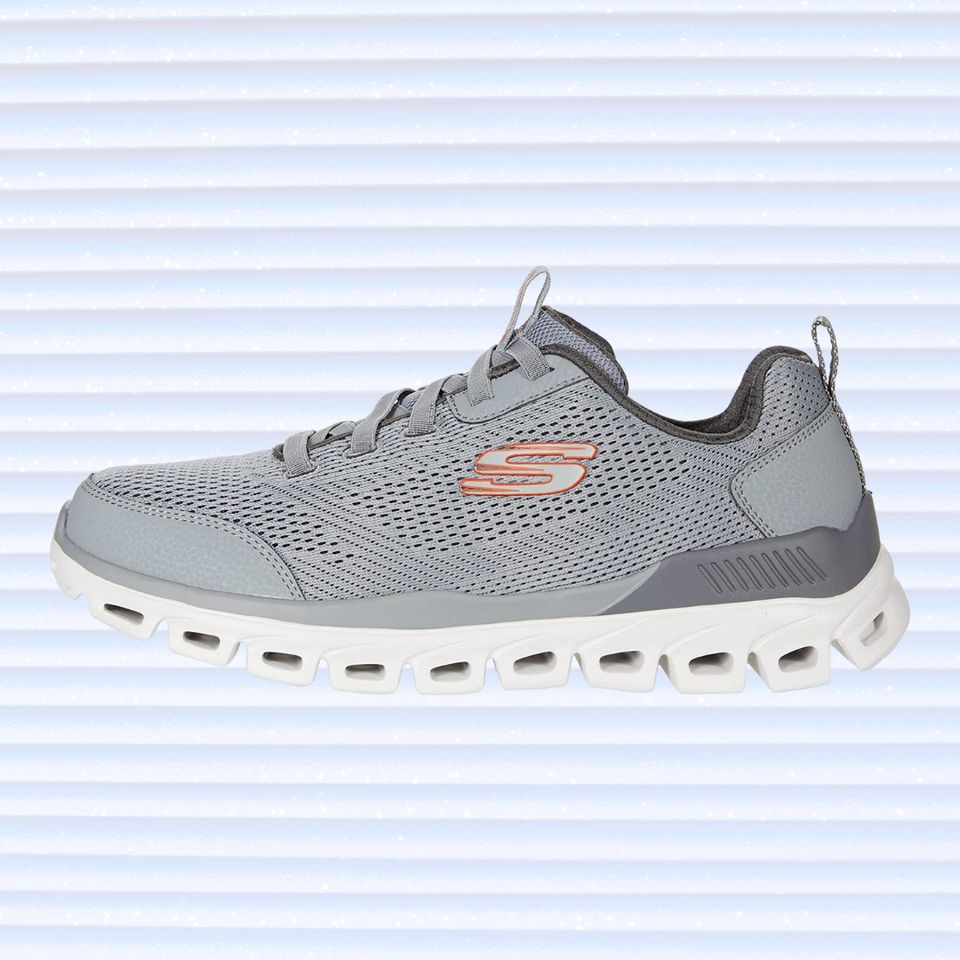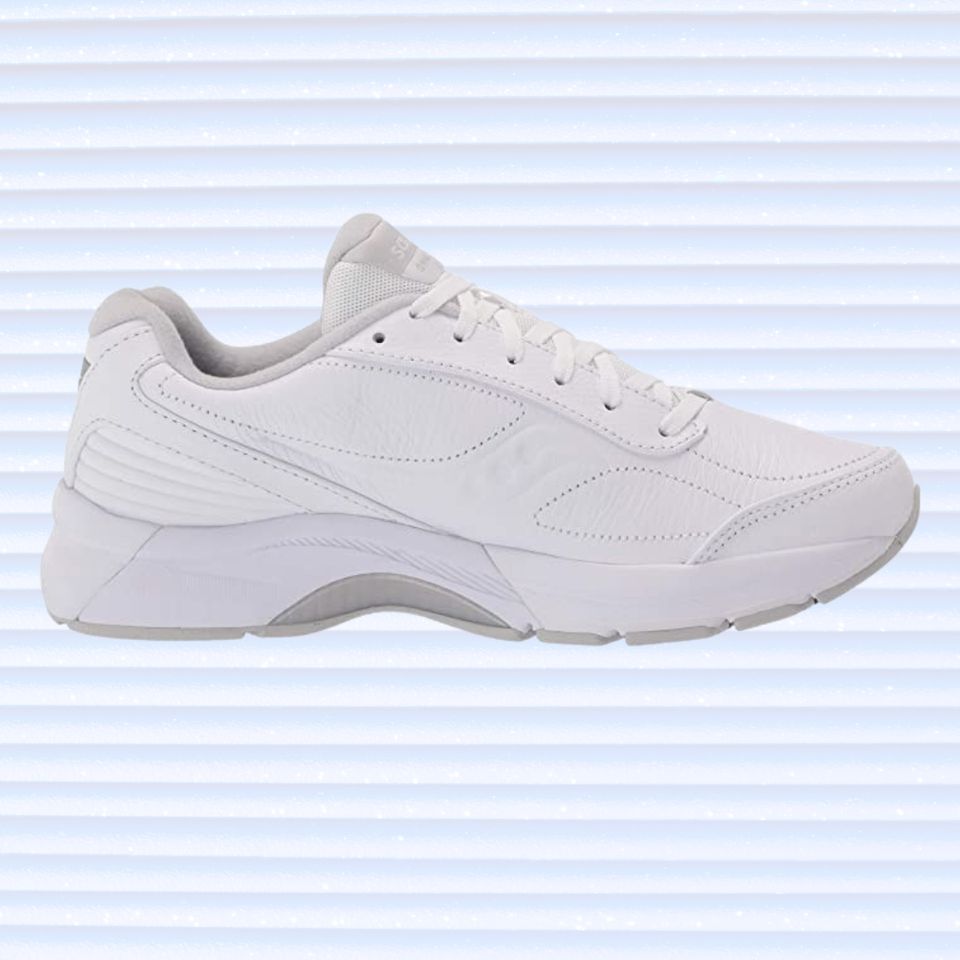You don’t necessarily need to get 10,000 steps each day to see health benefits, according to research published in the European Journal of Preventive Cardiology.
The meta-analysis, which analyzed data from 17 studies and 226,889 people, underscores the importance of walking any amount — even if it seems small.
The authors found that walking 3,967 steps or more each day reduced the risk of death from any cause. Walking 2,337 or more steps each day lowered the risk of death from cardiovascular disease, which includes both heart disease and stroke. Researchers also discovered that walking 1,000 more steps each day saw a 15% lower risk of all-cause mortality and that increasing walks by 500 steps each day brought a 7% lower risk of death from cardiovascular disease.
All of this is a welcome piece of news as most people struggle to hit that 10,000-step goal.
“The problem has been that the recommended 10,000 steps per day and the definition of physical inactivity of less than 5,000 steps per day has been really difficult for most patients to achieve ... it almost leads to a sense of fatalism that many members of the public feel that they can’t reach these recommendations,” said Dr. Keith Ferdinand, the chair of preventative cardiology at Tulane University School of Medicine in New Orleans.
The research “does not mean that the 10,000 steps per day recommendation is wrong, it just gives the public some confidence that moderate activity is better than none,” said Ferdinand, who was not affiliated with the study.
In fact, the more you walk, the better your well-being. The research found that people who walked more steps had the lowest risk of premature mortality. Specifically, those who walked 20,000 steps or more each day.
“If you can’t achieve 10,000 steps per day, don’t despair. Some activity is better than none. But then, on the other hand, if you can safely achieve those 10,000 steps per day, you may even have greater benefit in terms of mortality,” Ferdinand added.
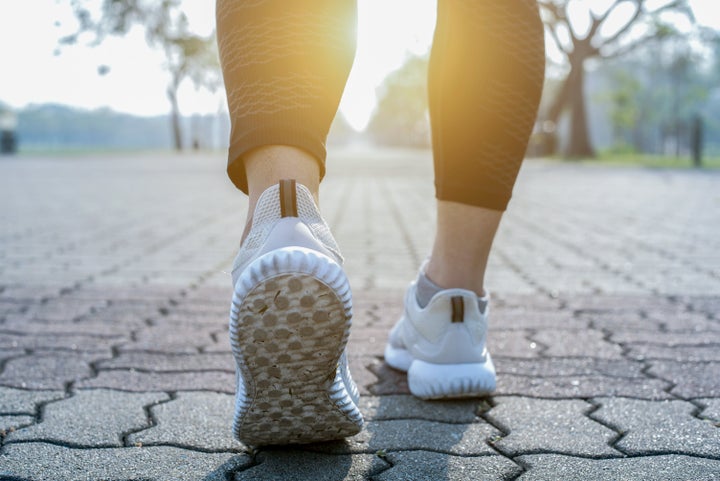
How To Get Your Steps In
“The American Heart Association suggests 150 minutes of moderate activity, and it’s not just getting those 10,000 steps. It could be things that we often don’t think of as exercise,” Ferdinand said.
This includes moderate housekeeping, gardening, walking with your kids and walking your dog, he said.
“It doesn’t have to be a purposeful going to a gym or purposeful walking program, but being physically active for that 150 minutes ... appears to be healthy,” Ferdinand explained.
But if you do want to go for a walk, he said consider going with a buddy for safety’s sake and be sure to be mindful of the weather — it has been a hot summer throughout much of the country, which can be dangerous for walkers.
You can try talking a walk inside of a shopping mall or around an unused basketball court at you local community center, he said. You can also consider walking up and down the stairs in your house, creating a loop to walk inside your home or visiting a grocery store for a stroll.
Ferdinand said that after reading the study, his focus is on motivating people 60 and older to get out for a walk since one of the steepest benefits was seen when study participants got in 6,000 to 10,000 steps per day.
Whatever you decide to do, it’s clear that movement of any sort is valuable. “More is better, but some is better than none,” Ferdinand noted.
Though a lower-than-expected daily step count resulted in a benefit in terms of cardiovascular health and overall mortality risks, this does not mean you should cut yourself off once you hit that lower number.
“We want to make sure the lay public who gets this information from this meta-analysis doesn’t get the unintended consequence of ‘Well, I can just do 2,000 steps or 4,000 steps and call it a day.’ If you can do more safely and in an environment which has some degree of comfort, then that is even better,” Ferdinand said.
Looking for the best walking shoes? These comfy shoes keep older folks in mind with features like orthopedic support, roomy toe boxes and Velcro straps, and they’re recommended by podiatrists.
HuffPost may receive a share from purchases made via links on this page. Every item is independently selected by the HuffPost Shopping team. Prices and availability are subject to change. The experts consulted for this story do not necessarily endorse the products below unless otherwise noted.
Promising review: "Extraordinarily comfortable shoe. I have flat feet, getting older with hip creaks here and there. My legs and joints feel great when wearing these shoes. Ultraboost is impressive stuff." — Amazon customer
"The most common complaint I hear from my senior patients is that a shoe is too heavy for them to wear comfortably. Any no-tie, slip-on or Velcro design that allows easy on and easy off is also great for seniors who have a hard time bending over," she said.
The adjustable strap closure allows you to get a more customized fit. The design also has a protective toe box that can help prevent pain from toe stubbing. It comes in white and pink and in women's sizes 4-12 with wide and extra-wide options.
Promising review: "I have problems with width in shoes. This fits better than expected. Comfortable in toe box and I even have a skip in my step thanks to the heel shock absorbing the bounce. Easy to put on with the velcro strap as the sole support to hold the shoe in place. Do not skip owning these shoes!" — snoopymaven
Promising review: "I received Vionic sneakers for Christmas. I wear a wide with in shoes and was skeptical that the shoes would fit well. I wore them for one day and noticed a marked decrease in my hip pain. I am thrilled with these shoes." — jrg
"The slip-on design makes it perfect for seniors who have a hard time bending over to tie a shoe or for those with arthritis in the hands who find difficulty with tying laces," Perkins said.
It comes in women's sizes 5-12, with narrow, wide and extra-wide and extra-extra-wide options.
Promising review: "I bought these walking shoes for my sister's birthday. She just turned 69 years old last week and she called me today to say that she thought these shoes were the best shoes she had ever put on. She has bad feet and see's a podiatrist on a regular schedule. She said she can wear them all day and not feel any foot pain." — Tony A.
"Elders can sometimes develop foot fungus because they might not always be able to clean well between the toes and that can create a great environment for fungus," she said.
The shoe is designed with a pull tab on the back to make it easier to put on and take off and is lined in breathable fabric to promote air circulation. It comes in multiple colors and in women's sizes 5-12 and men's sizes 7-15, both with wide options available.
Promising review: "Bought these shoes for my mom. She needed something with good support that was energizing and helped with footing and movement. These shoes did the job. Her footing, posture and movement have improved tremendously. I bought them for her because I own a pair and have excellent wear with them." — Mom
It comes in black and gray and in women's sizes 5-12, with wide, extra-wide and extra-extra-wide options available.
Promising review: "This shoe was purchased with my 90 yr old Mother in mind. She wanted something light weight , but sturdy & supportive, easy to put on, equally so to take off. She just didn’t want a pair of typical clunky tennis shoes. These have met her every expectation!" — GlitzyGiGi
Promising review: "This is my 8th pair of 990's! Wife and I are "exercise walkers". We are now older and are x-triathletes. Aerobic paced walking of 3-7 miles per day is what we enjoy. My 990's are fantastic for preventing injuries and providing a comfortable walk." — No N
Promising review: "Absolutely the most comfortable shoes I've ever worn. I have diabetic neuropathy, and finding a comfortable shoe has been a ongoing quest. Sketchers has always been the most comfortable, but these "Glide Step" shoes are more comfortable than my bedroom slippers. What more can I say." — Anonymous
Promising review: "I love these shoes. The support for the foot and ankle is extraordinary. My legs don’t feel fatigued when I wear these shoes. My back and hips don’t hurt either. I have rheumatoid arthritis, a repaired tendon in my knee and a small tear in an ankle (I know right...) but these shoes make me feel well supported when walking and comfortable. I highly recommend." — Aunie

